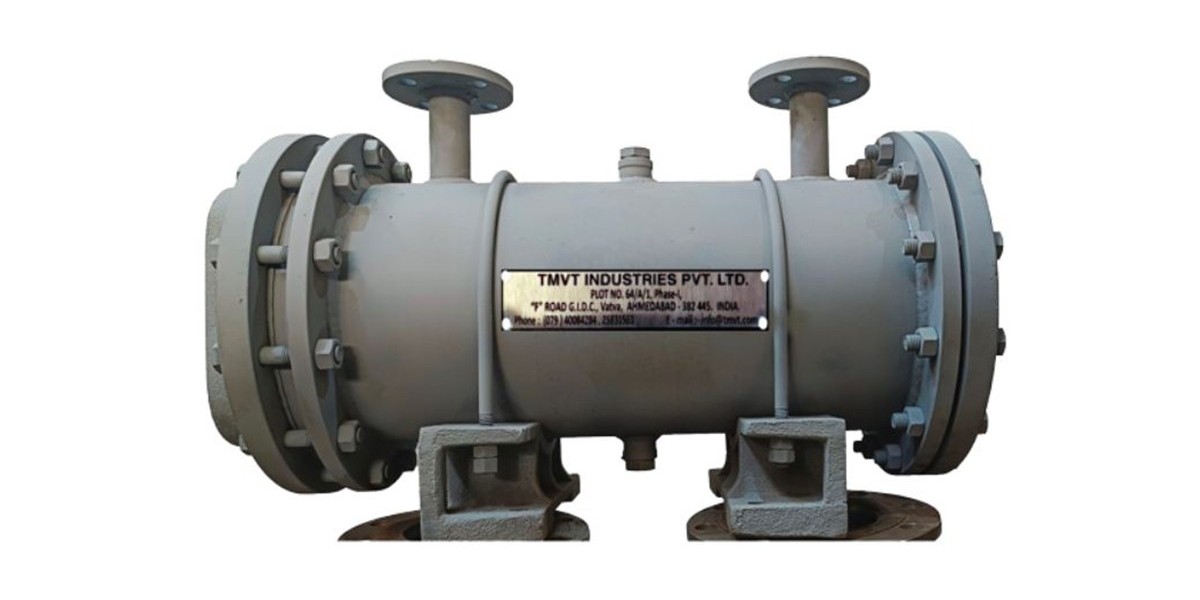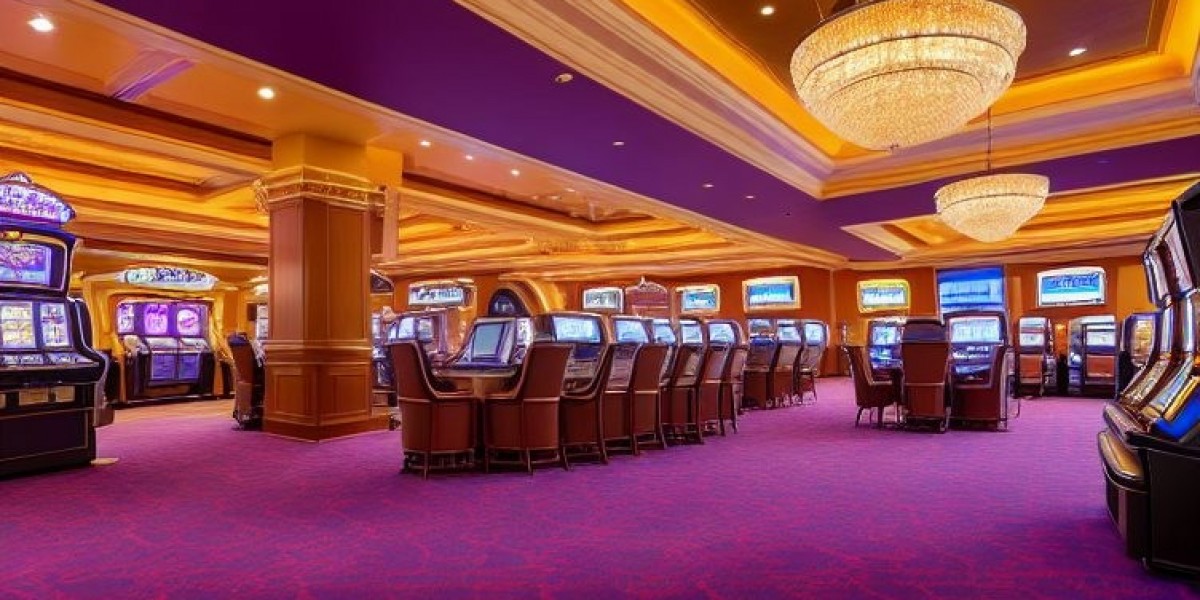Introduction
In the industrial world, heat exchangers play a vital role in energy transfer, efficiency, and process reliability. From power plants to chemical industries, these devices are indispensable. However, every Heat Exchanger manufacturer faces a unique set of challenges in delivering products that meet modern demands while adhering to global standards. Understanding these challenges is crucial to appreciate the complexity behind manufacturing such critical equipment and the continuous innovations that drive the industry forward.
Meeting Stringent Quality and Safety Standards
Heat exchangers are used in industries where precision and reliability are non-negotiable. Manufacturers must comply with international standards such as ASME, TEMA, and ISO. Failure to meet these requirements can lead to safety risks, system failures, and reputational damage. For manufacturers, maintaining strict quality control processes throughout design, material selection, and fabrication is a constant challenge.
Material Selection and Availability
Choosing the right material is critical, as heat exchangers are often exposed to corrosive environments, high pressures, and extreme temperatures. While stainless steel, titanium, and nickel alloys are common, they are expensive and sometimes difficult to source. A Heat Exchanger manufacturer must balance durability with cost-efficiency, often facing delays or budget constraints due to material shortages.
Design Complexity and Customization
Every industry requires heat exchangers tailored to specific applications. For instance, the design needed for petrochemicals may differ significantly from that for food processing. Meeting diverse demands for size, configuration, and performance adds layers of complexity. Creating custom solutions without compromising efficiency and timelines remains a significant challenge for manufacturers.
Rising Energy Efficiency Demands
With sustainability being a global priority, clients demand equipment that reduces energy consumption and minimizes environmental impact. Developing heat exchangers with improved thermal performance while ensuring affordability is not easy. Manufacturers must invest heavily in R&D and advanced simulation technologies to stay competitive in this evolving landscape.
Manufacturing Cost and Price Pressure
The cost of production for heat exchangers is high due to advanced materials, skilled labor, and specialized equipment. At the same time, manufacturers face constant price competition from both local and international players. Striking a balance between profitability and affordability is a persistent challenge.
Maintenance and After-Sales Expectations
Customers expect not just high-quality products but also reliable maintenance support and after-sales services. Providing timely assistance, spare parts, and long-term warranties requires significant infrastructure and skilled manpower. For smaller manufacturers, scaling up after-sales service can be particularly difficult.
Supply Chain Disruptions
Global events such as pandemics, geopolitical tensions, or raw material shortages can impact supply chains. Delays in sourcing raw materials or critical components affect delivery timelines and customer satisfaction. A Heat Exchanger manufacturer must continuously build resilience and flexibility into their supply chains to minimize risks.
Technological Upgradation and Skilled Workforce
As the industry advances, modern manufacturing technologies like CNC machining, automation, and simulation tools are becoming essential. However, upgrading infrastructure requires significant investment, and training employees to adapt to new systems can be a slow process. Retaining skilled technicians and engineers is another ongoing challenge.
Global Competition and Market Saturation
The market for heat exchangers is highly competitive, with manufacturers worldwide offering diverse products. Standing out requires innovation, branding, and a strong reputation for reliability. Many businesses also face pricing pressure from low-cost alternatives, forcing them to emphasize quality and service as differentiators.
Environmental and Regulatory Compliance
Heat exchanger manufacturers must adhere to stringent environmental laws regarding emissions, waste management, and recycling. Non-compliance can lead to penalties and reputational damage. Developing eco-friendly processes and greener products while managing production costs is a balancing act.
Conclusion
The journey of a Heat Exchanger manufacturer is filled with challenges, from raw material sourcing to meeting evolving customer expectations. However, these challenges also drive innovation, pushing manufacturers to create more efficient, durable, and sustainable solutions. Companies that embrace technology, invest in R&D, and focus on customer-centric services are better positioned to thrive in this competitive industry.








